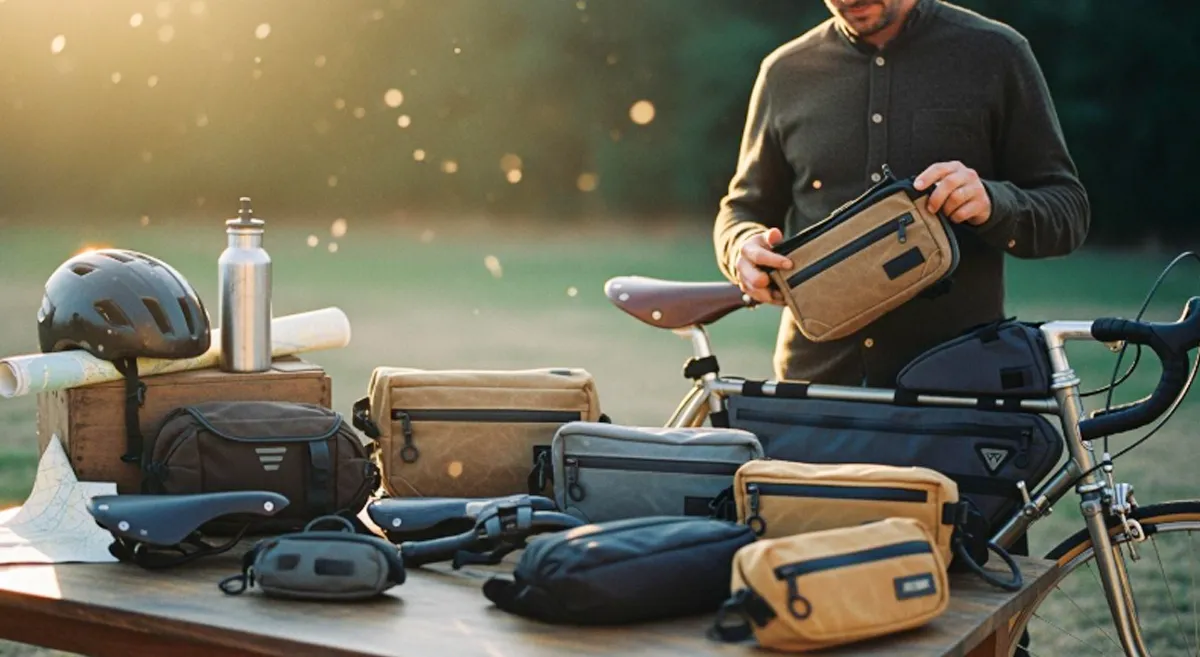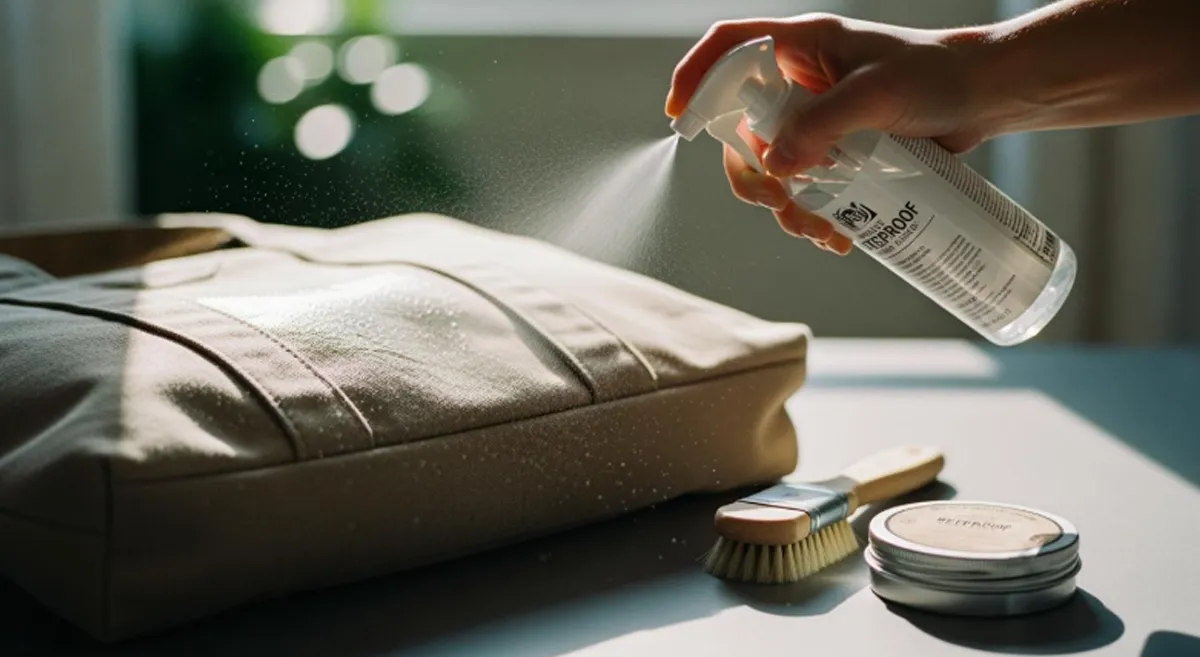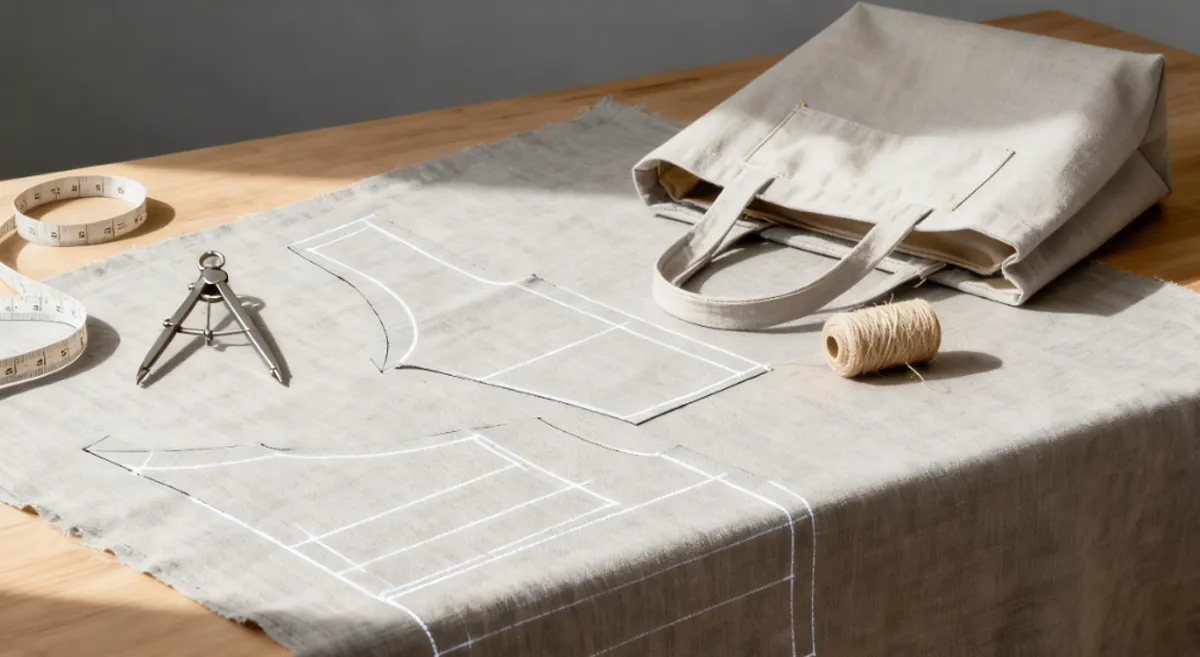If you have ever wanted a simple, versatile, and stylish bag for everyday use, travel, or gifting, a drawstring bag is a perfect choice. Making your own drawstring bag is not only satisfying but also allows you to fully customize size, fabric, and details to suit your needs. In this guide, we will walk you through everything you need to know about how to make a drawstring bag, from selecting materials to finishing touches, with practical tips to ensure your bag is durable and looks great.

Materials and Tools You Will Need
Before starting, it is important to gather the right materials and tools. Choosing the right fabric and accessories will make the sewing process easier and result in a stronger, more functional bag.

Fabric Options
- Cotton: Lightweight, easy to sew, and washable. Perfect for casual or gift bags.
- Canvas: Sturdy and durable, holds shape well, ideal for heavy-duty bags.
- Nylon or Polyester: Water-resistant, suitable for sports or outdoor use.
- Felt or Recycled Fabric: Eco-friendly options for creative projects.
Accessories
- Drawstring cord, ribbon, or rope
- Eyelets or grommets (optional for reinforcement)
- Cord locks or toggles (optional for adjustable closure)
Tools
- Sewing machine or needle and thread
- Fabric scissors or rotary cutter
- Pins or fabric clips
- Measuring tape or ruler
- Fabric chalk or marker for marking
Gathering everything in advance will make the process smoother and help avoid mistakes.
Choosing the Right Fabric for Your Drawstring Bag
Choosing the right fabric is a crucial step in learning how to make a drawstring bag. The type of fabric affects durability, ease of sewing, and the overall look of your bag.
- Cotton is lightweight and breathable, great for simple, everyday use bags.
- Canvas is thick and strong, perfect if you want your bag to carry heavier items.
- Nylon or Polyester offers water resistance, making it ideal for gym bags or travel pouches.
- Creative Options such as felt, hemp, or recycled materials allow you to make eco-friendly and unique designs.
Consider the purpose of your bag before picking the fabric. A lightweight cotton bag works well for a gift pouch, while a canvas or nylon bag is better for daily use or sports.
Measuring and Cutting Your Fabric

Accurate measurements are key to a neat, functional drawstring bag. Start by deciding the size you want: small, medium, or large.
- Step 1: Determine Bag Dimensions
A standard medium drawstring bag is around 14 inches wide and 16 inches tall. Adjust according to your needs. - Step 2: Add Seam Allowance
Include 1/2 inch to 1 inch for seam allowance on all sides. This prevents your bag from being too small after sewing. - Step 3: Cut Fabric Neatly
Use fabric scissors or a rotary cutter for clean, straight edges. Label the pieces if you are cutting multiple layers or lining. - Tips: Use a ruler and fabric chalk to mark your measurements. Cutting accurately ensures that the bag aligns perfectly when sewn.
Sewing the Drawstring Bag
Sewing the bag is the next step and can be done with a machine or by hand if necessary. Follow these steps carefully for a professional result.
Step 1: Sew Side Seams
Place the fabric pieces right sides together and pin or clip the sides. Sew along the side seams, keeping the seam allowance consistent. Double-stitch at the bottom corners for extra strength.
Step 2: Hem the Top Edge
Fold the top edge over twice to prevent fraying. Sew the hem evenly. A neat top edge ensures the drawstring slides smoothly and looks polished.
Step 3: Create the Casing for the Drawstring
Fold the top edge down to create a casing wide enough for your cord. Sew close to the bottom edge of the fold, leaving a small opening to insert the drawstring.
- Tip: Use eyelets or grommets at the opening for a cleaner look and added durability.
Adding the Drawstring
Now it is time to insert the drawstring cord, which gives your bag its signature closure.
- Attach a safety pin to one end of the cord.
- Feed the cord through the casing, guiding it all the way around the bag top.
- Once it is threaded, knot the ends or attach a cord lock or toggle.
- Tips for Success:
- Ensure the casing is wide enough for your cord to slide smoothly.
- Test the drawstring to make sure it opens and closes easily before finishing.
Customizing Your Drawstring Bag
One of the best things about DIY drawstring bags is the ability to personalize them.
- Add lining for extra durability and a professional finish.
- Include pockets to organize small items.
- Decorate with embroidery, patches, fabric paint, or screen printing.
- Use unique cords or ribbons to match your style or brand.
Customizations make your bag not only functional but also visually appealing, whether you are making a gift or a product to sell.
Finishing Touches
After sewing and adding the drawstring, check the bag for final adjustments.
- Trim any loose threads.
- Test the drawstring to ensure smooth operation.
- Reinforce high-stress areas if necessary.
- Consider applying a waterproof coating if the bag will carry items outdoors.
Finishing touches improve durability and give your bag a polished, professional look.
Common Mistakes to Avoid
Learning how to make a drawstring bag includes understanding common pitfalls.
- Seams Too Weak: Always double-stitch corners and bottom seams.
- Casing Too Tight: The drawstring should move freely without getting stuck.
- Wrong Fabric Choice: Thin or stiff fabric can make the bag difficult to use.
- Uneven Cutting or Sewing: Measure twice, cut once, and keep seams consistent.
Addressing these mistakes early saves frustration and ensures a better final product.
Conclusion
Making your own drawstring bag is a fun, creative, and practical project. By carefully selecting materials, measuring accurately, sewing properly, and adding personal touches, you can create a bag that is not only functional but also uniquely yours. Whether you want a simple gift pouch, a durable gym bag, or a stylish everyday carry bag, learning how to make a drawstring bag empowers you to craft exactly what you need.
As a professional bag manufacturer, we also offer custom drawstring bags for businesses, events, and branding purposes. Contact us today to explore our OEM and ODM services and bring your personalized bag designs to life.
FAQs
Can I make a drawstring bag without a sewing machine?
Yes, hand sewing works perfectly. Use a strong needle and thread, and take your time with even stitches. A backstitch is ideal for durable seams.
How do I make a lined drawstring bag?
Cut lining fabric the same size as your outer fabric. Sew the lining separately, then attach it to the outer bag before creating the drawstring casing. This adds durability and a professional feel.
What length should my drawstring cord be?
For a standard medium bag, cut cord roughly twice the width of the bag plus a few extra inches for knots. This allows for smooth opening and closing.
How do I wash my homemade drawstring bag?
Fabric choice determines washing method. Cotton and canvas can be machine-washed on gentle cycles. Nylon or polyester is best wiped with a damp cloth or hand-washed. Avoid harsh detergents that could damage colors or fabrics.





